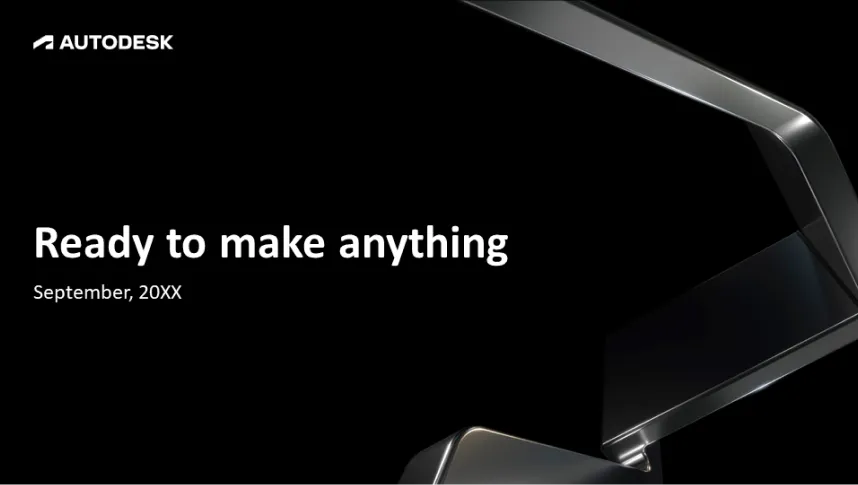Creating a seed stage pitch deck requires strategic planning and careful execution. It needs to effectively communicate your business idea, demonstrate your understanding of the market, and convince potential investors that your startup has the potential to succeed. Here are some best practices to consider:
- Keep it concise: Your pitch deck should be succinct yet comprehensive. Aim for a length of 10-15 slides. Each slide should cover a significant aspect of your business without overwhelming the audience with too much information.
- Start with a compelling story: Begin the presentation by telling a compelling story about why you started the business. This helps to engage your audience and establishes a personal connection. It also sets the stage for introducing your product or service.
- Clearly define the problem and your solution: Clearly identify the problem your business aims to solve and why it’s a significant issue. Then, present your product or service as an innovative and effective solution.
- Showcase your business model: Use one or two slides to explain how your business makes money. Provide key details like your pricing strategy, sales channels, and customer acquisition strategies.
- Include market analysis: Demonstrate that you understand your market. Include data on market size, growth trends, and your target demographic. Highlight the opportunity for your business within this market.
- Highlight your team: Investors often invest in people as much as they invest in ideas. Highlight your team’s experience and skills to show that you have the capability to execute your business plan.
- Detail your financial projections: Provide data on your financial projections for the next three to five years. Include revenue, expenses, and profitability. Ensure your projections are realistic and based on solid assumptions.
- End with a clear call-to-action: Conclude your pitch deck with a clear and compelling call-to-action. This could be an invitation to invest, a request for a follow-up meeting, or another next step that moves the potential investor closer to a decision.
Remember that your pitch deck is not just a presentation — it’s a communication tool that conveys your business idea, the problem you’re solving, and why your solution is worth investing in. It should be compelling, concise, and designed to prompt action.
View Our Presentation Design Portfolio











